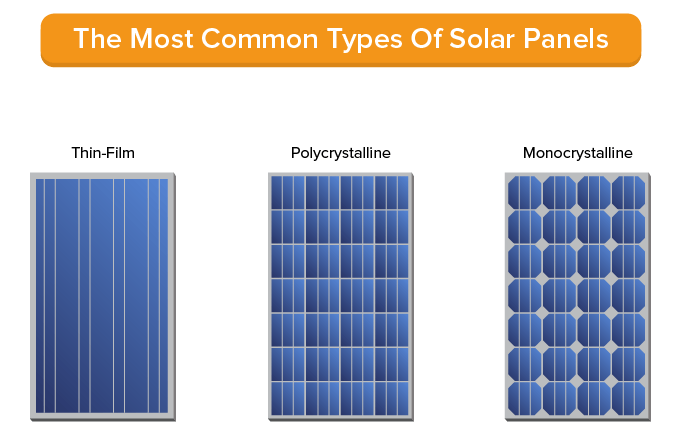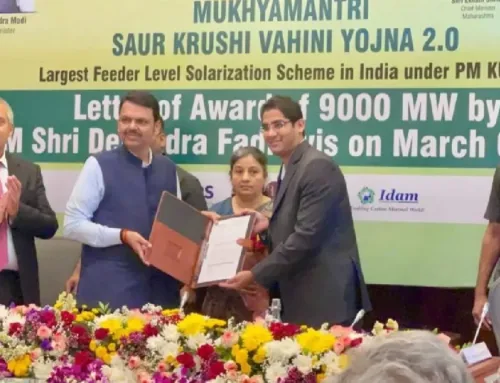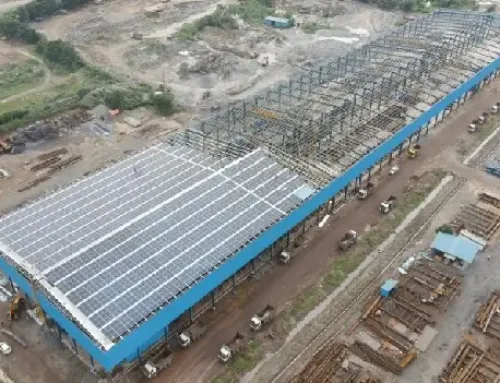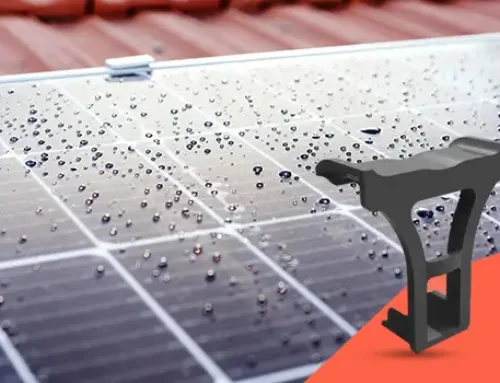
Solar Panel Analysis
In the previous blog, we learned about all the basic and important information about solar energy like, What is Solar Energy? What are its components like solar panel?
Solar Industry Division based on consumer and technology
In this blog, we will learn about solar systems. And we will start with the 1st component solar panels (PV modules / photovoltaic modules).
But first, let’s understand what the solar system is and what are its benefits?
What is a solar system?
A solar system is a group of components uses to convert sunlight into electricity. There are three types of solar systems, off-grid, on-grid, and hybrid solar systems.
Solar System Components:
There are four to five components in the solar system. All components have a different but very important role in the solar system:
- Panel
- Solar Inverter
- Charge controller
- Solar battery
- Wire, Combiner Box
Solar panels convert sunlight into electricity, solar panels made up of photovoltaic cells. That is why it called Photovoltaic Module (PV Module / Photovoltaic Module). There are three types of solar panels:
- Monocrystalline
- Polycrystalline
- Thin-film
Monocrystalline
is the most common use solar panel (PV Module / Photovoltaic Module). Monocrystalline solar panels are based on old technology. & it provides up to 20% more efficiency which is better than the other two types of solar panels. Not only this, monocrystalline panels perform better than other solar panels even in low light conditions. Monocrystalline solar panel life is also longer than other panels. Their only disadvantage is that they are not cost-effective and their manufacturing process is also a high energy-consuming process.
Polycrystalline
solar panel power is considered better for small-scale needs such as small shops or homes where the power requirement is within 1KW. It’s because the polycrystalline solar panels have average efficiency. If we compare the efficiency of monocrystalline, it can reach 20% whereas, at the same conditions, polycrystalline will also vary between 15% and 17%. As an advantage, the manufacturing process of polycrystalline solar panels is simple & they are also cost-effective in the market.
Thin-film
solar panels are 2nd generation panels. Their manufacturing process is simple. These solar panels are use as solar sheets, solar windows, or solar walls.
Unfortunately, the demand for these types of solar panels in the Indian market is still very low, and that’s because as compare to other countries, the Indian solar industry is still in its early stages.
Now, as we learned about solar panels in this blog, in our next blog, we will learn about another essential component that is solar inverters.
If you liked this information or want to make any kind of suggestion, then comment in the comment box and join Ornate Solar.
Ornate Solar is the official partner of Canadian Solar panels, Renewsys Made in India Panels,Enphase Micro-Inverters,SolarEdge Solar inverters with Optimisers,Fronius OnGrid Solar Inverters.





Leave A Comment